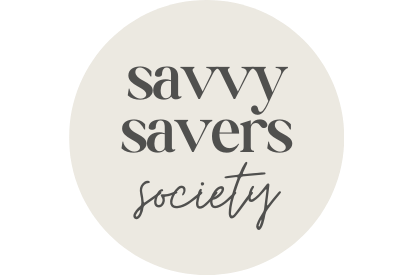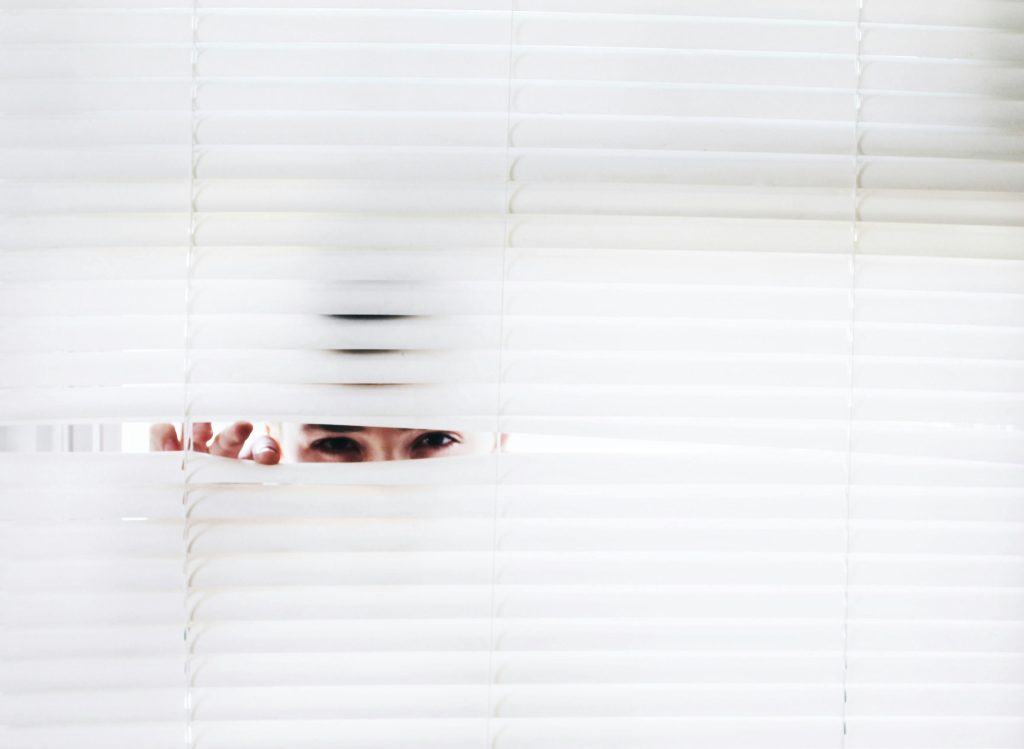Every artist has a distinct creative process that shapes their work. To truly harness your potential, it’s essential to delve into what makes your creativity tick. You might find that your inspiration comes from various sources—nature, personal experiences, or even the mundane aspects of daily life.
By identifying these triggers, you can create an environment that fosters your creativity. Take time to reflect on your past projects and pinpoint the moments when you felt most inspired. Was it during a quiet morning with a cup of coffee, or perhaps while taking a walk in the park?
Understanding these nuances can help you cultivate a routine that aligns with your creative flow. Moreover, embracing your unique creative process means acknowledging that it may not always be linear. You might experience bursts of inspiration followed by periods of stagnation.
This ebb and flow is natural and should be embraced rather than resisted. Consider keeping a journal to document your thoughts, ideas, and feelings about your creative journey. This practice can provide insight into your artistic evolution and help you recognize patterns in your creativity.
By understanding your unique process, you empower yourself to navigate the challenges of artistic expression with confidence and clarity.
Key Takeaways
- Understand and embrace your unique creative process to maximize productivity and creativity
- Balance your side hustle with your artistic practice by setting boundaries and prioritizing tasks
- Leverage social media and online platforms to showcase your work and connect with a wider audience
- Diversify your revenue streams to create financial stability and opportunities for growth
- Set realistic goals and prioritize your time to avoid burnout and stay focused on your artistic journey
- Network and collaborate with other artists and creatives to gain new perspectives and opportunities
- Manage finances and budget for your side hustle to ensure sustainable growth and success
- Maintain a healthy work-life balance to avoid creative burnout and nurture your overall well-being
Balancing Your Side Hustle with Your Artistic Practice
As an artist, you may find yourself juggling multiple responsibilities, including a side hustle that supports your creative endeavors. Striking a balance between your artistic practice and your side job can be challenging, but it is crucial for maintaining both your financial stability and your passion for art. One effective strategy is to establish a structured schedule that allocates specific time blocks for both your side hustle and your creative work.
By treating your artistic practice with the same level of commitment as your job, you can ensure that you dedicate sufficient time to nurture your creativity. Additionally, it’s important to recognize the value of your side hustle in relation to your artistic practice. The skills and experiences you gain from your job can often enhance your creativity.
For instance, if you work in marketing, you may develop insights into how to promote your art effectively. Embrace the idea that both aspects of your life can coexist harmoniously, allowing you to draw inspiration from one to fuel the other. By finding this balance, you can create a sustainable routine that nurtures both your financial needs and your artistic aspirations.
Leveraging Social Media and Online Platforms
In today’s digital age, social media and online platforms offer unprecedented opportunities for artists to showcase their work and connect with audiences. You have the power to reach a global audience with just a few clicks, making it essential to leverage these tools effectively. Start by identifying which platforms resonate most with your artistic style and target audience.
Whether it’s Instagram for visual art or TikTok for performance-based work, each platform has its unique strengths that can amplify your reach. Once you’ve chosen the right platforms, focus on creating engaging content that reflects your artistic voice. Share behind-the-scenes glimpses of your creative process, showcase completed works, and engage with your audience through comments and messages.
Building a community around your art not only fosters connections but also creates a support system that can inspire you during challenging times. Remember that consistency is key; regular updates will keep your audience engaged and eager to see what you create next.
Diversifying Your Revenue Streams
| Revenue Stream | Percentage of Total Revenue | Growth Rate |
|---|---|---|
| Product Sales | 60% | 5% |
| Service Revenue | 25% | 8% |
| Advertising Income | 10% | 3% |
| Subscription Fees | 5% | 12% |
As an artist, relying solely on one source of income can be risky. Diversifying your revenue streams is a smart strategy that can provide financial stability while allowing you to explore different avenues of creativity. Consider various options such as selling prints of your artwork, offering workshops or classes, or even licensing your designs for merchandise.
Each of these avenues not only generates income but also expands your reach as an artist. Additionally, think about collaborating with other creatives or businesses to create unique products or experiences. For instance, partnering with a local café to display your artwork or hosting joint events with fellow artists can introduce you to new audiences and potential customers.
By diversifying your revenue streams, you not only enhance your financial security but also open doors to new creative opportunities that can enrich your artistic journey.
Setting Realistic Goals and Prioritizing Your Time
Setting realistic goals is essential for any artist striving to balance their creative practice with other responsibilities. Start by breaking down larger objectives into smaller, manageable tasks. This approach allows you to track your progress and celebrate small victories along the way.
For example, if you aim to complete a series of paintings, set specific deadlines for each piece rather than overwhelming yourself with the entire project at once. Time management is equally important in this process. Identify peak hours when you feel most productive and allocate those times for focused creative work.
Use tools like calendars or task management apps to keep track of deadlines and commitments. By prioritizing your time effectively, you can ensure that both your artistic practice and side hustle receive the attention they deserve without sacrificing one for the other.
Networking and Collaborating with Other Artists and Creatives
Networking is a vital component of any artist’s journey. Building relationships with fellow artists and creatives can lead to valuable collaborations, mentorship opportunities, and exposure to new ideas. Attend local art events, workshops, or exhibitions where you can meet like-minded individuals who share your passion for creativity.
Engaging in conversations about art can spark inspiration and provide fresh perspectives on your work. Collaboration is another powerful way to expand your artistic horizons. Consider partnering with other artists on joint projects or exhibitions that showcase both of your talents.
This not only allows you to learn from one another but also introduces each artist’s audience to the other’s work. By fostering connections within the creative community, you create a support network that can uplift and inspire you throughout your artistic journey.
Managing Finances and Budgeting for Your Side Hustle
Financial management is crucial for artists balancing their creative pursuits with side hustles. Start by creating a budget that outlines both your personal expenses and the costs associated with your artistic practice. This will help you identify areas where you can cut back or invest more strategically in materials or marketing efforts.
Keep track of all income generated from your art as well as expenses related to supplies, studio space, or promotional activities.
This could mean purchasing higher-quality materials or funding marketing campaigns to promote upcoming exhibitions or releases.
By managing your finances wisely, you not only ensure the sustainability of your side hustle but also empower yourself to invest in the growth of your artistic career.
Maintaining a Healthy Work-Life Balance
Finally, maintaining a healthy work-life balance is essential for sustaining both your artistic practice and overall well-being. It’s easy to become consumed by the demands of a side hustle or the pressures of creating art, but prioritizing self-care is crucial for long-term success. Schedule regular breaks throughout your day to recharge mentally and physically; this could involve taking walks, practicing mindfulness, or engaging in hobbies unrelated to art.
Additionally, set boundaries between work and personal time. Communicate these boundaries clearly with yourself and others to ensure that you have dedicated time for relaxation and personal pursuits outside of art and work obligations. By nurturing a balanced lifestyle, you create an environment where creativity can flourish without feeling overwhelmed by external pressures.
In conclusion, navigating the world of art while managing a side hustle requires intentionality and self-awareness. By understanding your unique creative process, balancing responsibilities, leveraging online platforms, diversifying income streams, setting realistic goals, networking with fellow creatives, managing finances wisely, and maintaining a healthy work-life balance, you position yourself for success in both realms. Embrace this journey as an opportunity for growth and exploration—your artistic voice deserves to be heard amidst the hustle of everyday life.
FAQs
What is a side hustle for creatives?
A side hustle for creatives refers to a secondary job or gig that allows individuals with creative skills, such as artists, designers, writers, and musicians, to earn extra income outside of their primary creative work.
Why do creatives pursue side hustles?
Creatives pursue side hustles to supplement their income, gain experience in different areas of their field, and explore new creative opportunities. Side hustles also provide financial stability and flexibility for creatives who may have irregular income from their primary creative work.
What are some examples of side hustles for creatives?
Examples of side hustles for creatives include freelance writing, graphic design, photography, teaching creative workshops, selling artwork or crafts online, and providing creative services such as event planning or styling.
How can creatives find side hustle opportunities?
Creatives can find side hustle opportunities through online platforms such as freelance websites, social media, and creative marketplaces. Networking with other creatives and seeking out local opportunities such as art fairs and craft markets can also lead to side hustle opportunities.
What are the benefits of having a side hustle for creatives?
The benefits of having a side hustle for creatives include additional income, the opportunity to expand their creative skills and portfolio, flexibility in scheduling, and the potential to turn the side hustle into a full-time creative career. Side hustles can also provide a creative outlet outside of their primary work.


